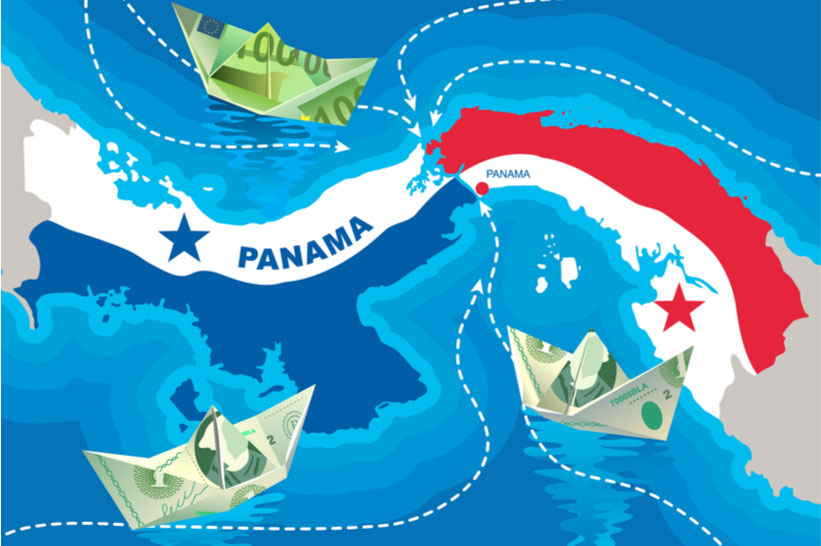Panama welcomes visitors to enjoy its cosmopolitan capital city, turquoise seas, pristine cloud forests, and hundreds of islands to explore. With hundreds of miles of coastline on two oceans, beach lovers will find everything their heart desires while sophisticated city types will adore the bustling international vibe of Panama City. If that isn’t enough, the great outdoors beckons with the adventure of ancient Spanish forts, rainforest canopies, an abundance of tropical flora and fauna, and towering waterfalls. As you prepare for a fun-filled Panamanian adventure, these fast and fun facts will help you get ready to go!
Currency
The official currency of Panama is the Balboa, named for Vasco Núñez de Balboa, the Spanish explorer credited with the discovery of the Pacific Ocean. Even so, Panama is a dollarized country with the U.S. dollar as the standard currency used day to day. Since 1903, the Balboa and the U.S. dollar have had a fixed 1:1 exchange rate and in 1941, Panama ceased printing the Balboa and began using the U.S. dollar. While there are no paper Balboas, Panama does mint coins in 1, 5, 10, 25, 50, and 100 which are the same composition, weight, and dimensions of U.S. coins and are used interchangeably with U.S. coins.
If you are visiting Panama from the United States, you won’t need to exchange your currency. While traveling in Panama, ATMs are readily available for cash withdrawal in U.S. dollars in most major cities like Panama City, David, and Boquete. Debit and credit cards are also accepted in most establishments throughout the country.
Passports, Visa, and Immigration Requirements
Passports are required for travel to Panama. Visitors arriving in Panama must provide a passport that is valid for a minimum of three months past the entry date, a return ticket showing intent to leave, and sufficient funds ($500) to cover your stay. In addition, passports must be valid for three months following the visitor’s exit date.
If you are unsure whether you will need a Visa to enter Panama, contact the Offices of Immigration in Panama to determine your requirements. If your travel to Panama will exceed 180 days, you will need to contact the Offices of Immigration in Panama. Since visitors to Panama can only stay 180 days without a visa, custom officials typically ask for proof of a return ticket to your home country or an onward ticket.
It is important to note that those traveling via cruise ship through the Panama Canal do not require a visa, including those who leave the ship for sightseeing in the country.
Immunizations
Visitors traveling to Panama should have current vaccinations including diphtheria-tetanus-pertussis (DPT) vaccine, measles-mumps-rubella (MMR), varicella (chickenpox), polio, and flu.
Additional immunizations recommended for Panama are:
- Hepatitis A for all travelers over age one.
- Typhoid.
- Hepatitis B for all travelers.
It’s very important to note that the Yellow Fever vaccine is required for travelers who have recently visited countries where yellow fever is endemic. This includes most South American countries, so if you are coming from South America or have visited within the past six months you will be required to show proof of your yellow fever vaccine or they will not let you in the country.
You have the fast facts needed to prepare for your trip to Panama, all that is left is to call on us to help you plan your trip of a lifetime.








